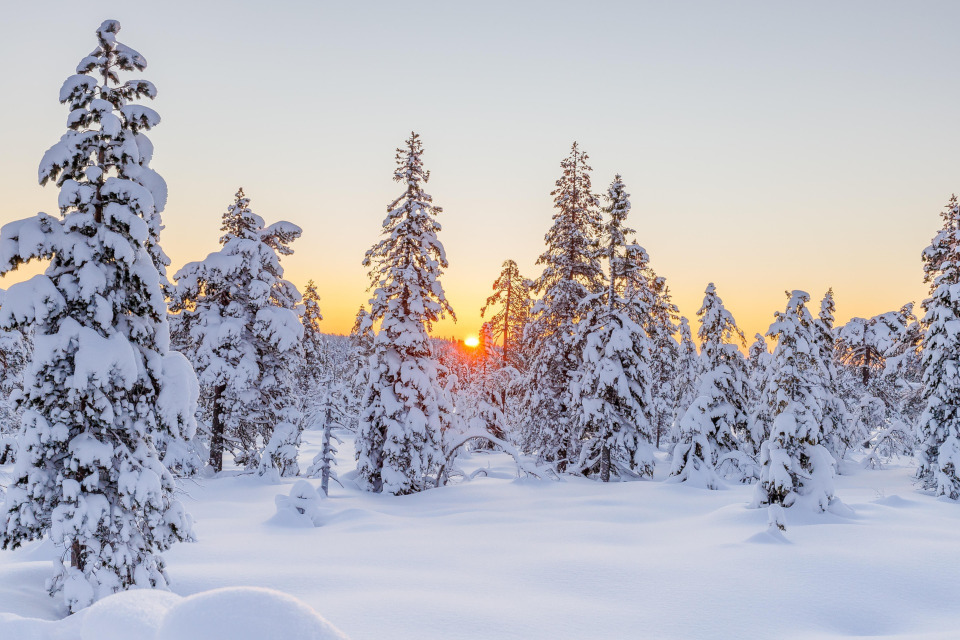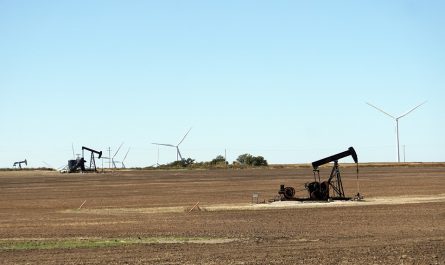Winter is a transformative season that sweeps through America to create a vast palette of change. From snow-covered northern cities to icy mountaintops to sun-doused beaches, winter brings change to America, whether it’s weather, landscape, economy, or opportunities. These eleven facts about American winters illustrate the many characteristics of the season.
11 American Winter Facts
1. One million snowbirds flock to Florida every winter. (Source)
Snowbirds act like their feathered brethren and leave the north for warmer climes in the summer. So many people have chosen Florida as their winter destination that they are estimated to increase the Sunshine State population by 5% every winter.
2. Winter weather costs the U.S. economy over a billion dollars every year. (Source)
These lost dollars go to transportation cleanup, snow and ice removal services, lost productivity, and workplace injuries. Snow and ice alone account for almost 70% of weather-related car crashes.
3. Americans consume 22% more energy in the winter than in the summer. (Source)
Naturally, heating accounts for the largest amount of this energy consumption. Natural gas use peaks in January as northern homes turn up their gas-based heating systems.
4. Millions of American adults experience seasonal affective disorder. (Source)
Seasonal affective disorder (SAD) is a form of depression exacerbated by a lack of sunlight. Symptoms can last up to 40% of the year, with women being four times as likely to be diagnosed with it.
5. In 2023, snow covered 60% of the contiguous United States in the winter. (Source)
Snow coverage peaks during the winter months, but that coverage does vary yearly based on weather patterns.
6. Outdoor winter sports generate 20 billion dollars annually. (Source)
Every year, consumers around the nation spend money on skiing, snowboarding, snowshoeing, snowmobiling, ice skating, and other winter sports. This provides 200,000 jobs, with the leading activity being skiing and snowboarding.
7. The coldest temperature ever recorded in the United States was -80 degrees Fahrenheit in the winter of 1971. (Source)
The temperature was recorded at Prospect Creek, Alaska. Montana recorded the coldest temperature in the continental U.S. at -70 degrees Fahrenheit.
8. The Northeast consumes 80% of the U.S. supply of heating oil. (Source)
Maine consumes the most heating oil, with 65% of households using oil for their primary heat source, and the winter months push the highest demand.
9. Vitamin D deficiency affects 42% of American adults. (Source)
The sun is one of our primary sources of Vitamin D, so rates of deficiency peak during the winter months when people have reduced sun exposure.
10. Around 70% of American roads are located in snowy regions. (Source)
These roads require intense winter maintenance, with 24 million tons of salt used annually during snow and ice removal.
11. Over 650 North American bird species migrate every winter. (Source)
Many of these birds travel thousands of miles to escape harsh winter conditions and go to warmer climates with more abundant food. Look up in the fall or spring, and you’ll see many of these species on the move.
Featured image photo credit: Henning Sørby from Pixabay.




